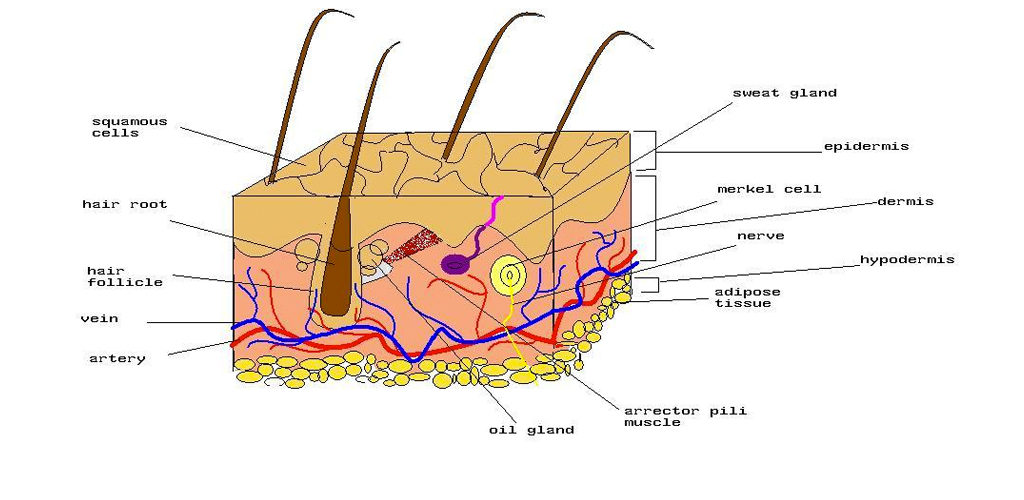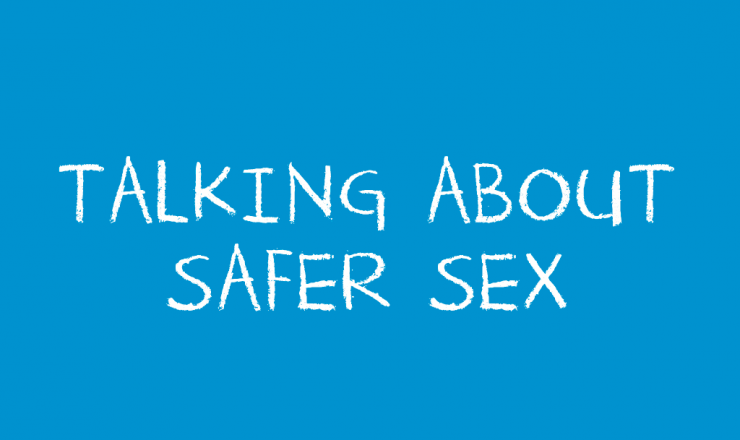Molluscum Contagiosum
What is molluscum contagiosum?
- Molluscum contagiosum is a common viral skin infection that is sometimes sexually transmitted. It can cause small, shiny, hard dome-shaped bumps on the skin with a dimple in the centre.
How do you get molluscum contagiosum?
- You do not need to have sexual intercourse to get molluscum contagiosum. Molluscum contagiosum is transmitted through skin-to-skin contact, particularly genital skin-to-skin contact, with someone who already has molluscum contagiosum.
- Activities that involve skin-to-skin contact include rubbing naked genitals together, finger play with someone’s genitals and oral (mouth) contact with someone’s genitals or anus, as well as vaginal* or anal sex.
- Molluscum contagiosum can also be passed on if you touch someone’s naked genitals and then touch your own genitals or someone else’s.
- You can spread molluscum contagiosum if you are sharing sex toys and you don’t disinfect or put a new condom on them each time a new person uses the toys.
- You can also get molluscum contagiosum from sharing personal items like bath sponges, razors, and towels with someone who has the virus because these items may have the virus on them.
- If you scratch, touch, or shave over one of your bumps and then touch another part of your body, it is possible to spread the virus to that part of your body.
- Because molluscum contagiosum can cause bumps anywhere on the body, it is a common infection in children and adults who play contact sports like wrestling or football.
- A pregnant person may also pass the virus to their baby during vaginal delivery.
- For more information on how STIs are passed on check out Transmitting STIs: An Unwelcome Gift
How do you know if you have molluscum contagiosum?
- You may notice small, shiny, hard dome-shaped bumps on the skin with a dimple in the centre. They are usually the color of your skin. They shouldn’t hurt, but they may itch.
- Molluscum contagiosum can appear anywhere on the skin except the palms and soles of the feet. When spread through sexual contact, these bumps usually show up around the genitals, thighs, buttocks, and lower abdomen (stomach).
- It is important to be familiar with how your body looks and feels. If you notice anything unusual, you can have your clinician check it out right away.
How can you get tested for molluscum contagiosum?
- There is no special test for molluscum contagiosum. A clinician can tell if you have the virus by looking at any bumps you may have on your skin.
- For more information on testing for STIs, check out The Real Facts About STI Testing.
What if you get molluscum contagiosum?
- The bumps have no long term effects on your health. They should go away on their own within 6 months to a year and they don’t need to be removed.
- Many people choose to remove them because it is easy to spread the virus to other parts of your body or to other partners (see above).
- Molluscum contagiosum can usually be frozen with liquid nitrogen (the same way you treat warts). They can also be removed by using a cream or having a clinician scrape off the bumps using a tool.
- In people with compromised immune systems (eg. people who have cancer, HIV, are transplant recipients, etc.), molluscum contagiosum can be more difficult to treat, is more easily spread to other parts of the body and can take longer to go away.
How can you lower your risk of getting molluscum contagiosum and/or passing it on to your partner(s)?
- Make informed decisions. Talk to your partner(s) about STIs and the use of safer sex tools.
- Use condoms on penises or dildos for vaginal or anal sex, use latex gloves for finger play and fisting, and use condoms/dams for oral sex to lower your chances of getting or transmitting molluscum contagiosum.
- Because condoms do not cover the entire area affected by molluscum contagiosum, they do not provide the same level of protection from molluscum contagiosum as they do for most other STIs. However, they can still reduce the risk of transmitting molluscum contagiosum.
- If you are sharing sex toys, be sure to disinfect them or put a new condom on the toys when a new person uses them.
- To avoid spreading the bumps to other parts of your body and to minimize scarring, don’t scratch the bumps.
- For more information on how STIs are passed on check out Transmitting STIs: An Unwelcome Gift
- For information on how to protect yourself and your partner(s), check out Protecting Yourself and Your Partners From STIs.
| Useful Tip |
| Consider telling your partner if you have herpes so they can be tested and treated too. For more on talking to your partner, check out Telling Your Partner You Have an STI. |
For a downloadable resource on this topic, please visit Planned Parenthood Toronto Factsheet Database.
If you have questions about this topic, feel free to contact one of our peer educators. [Link]
*We know that these aren’t the words everyone uses for their bodies (eg. trans folks), and support you using the language that feels best for you.
Image by Crystal Mason
Last Edited: May 2020






